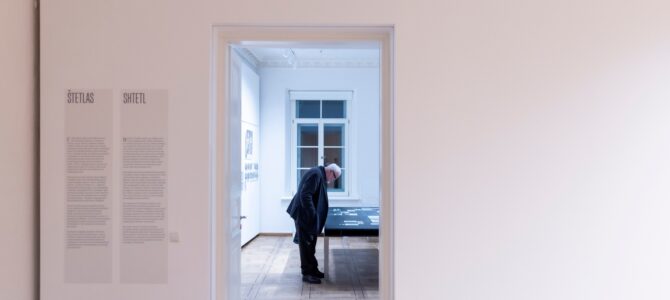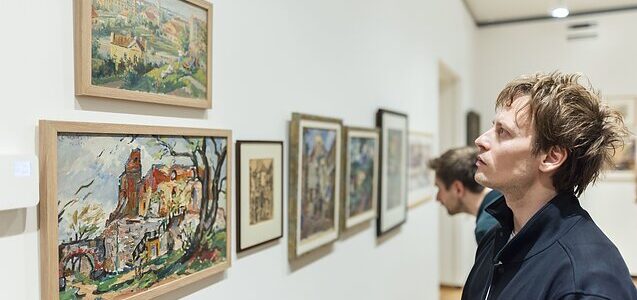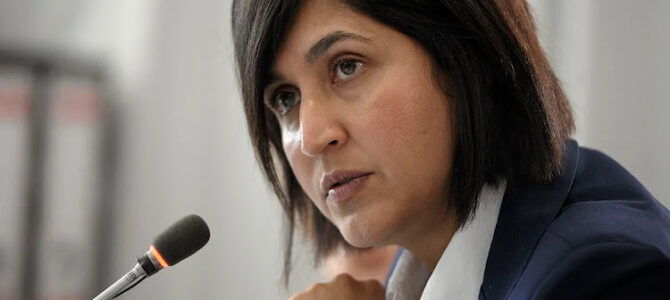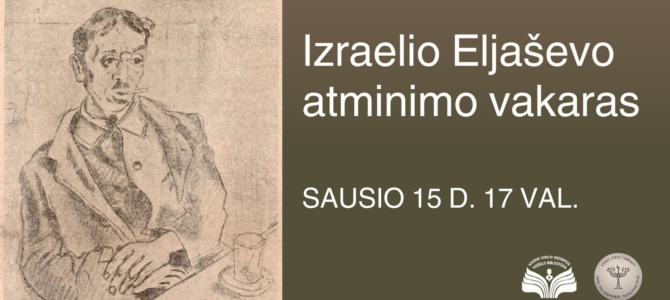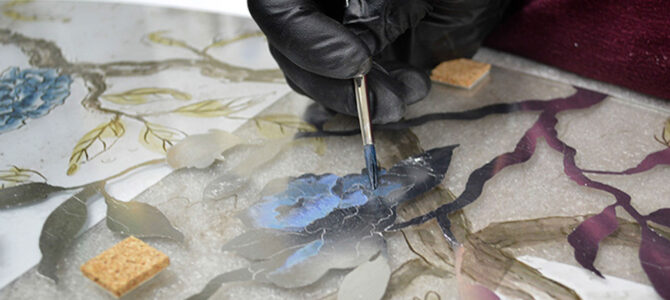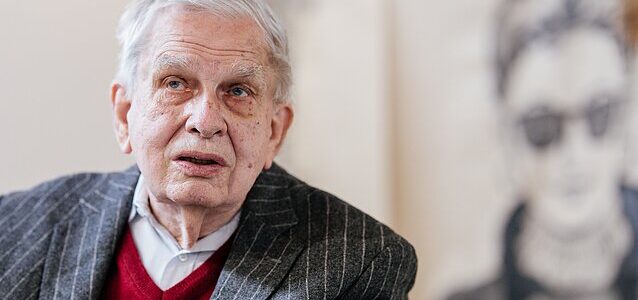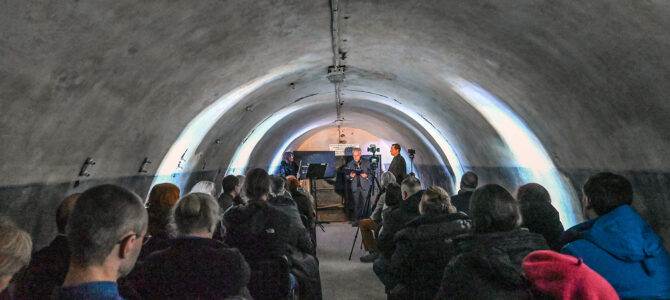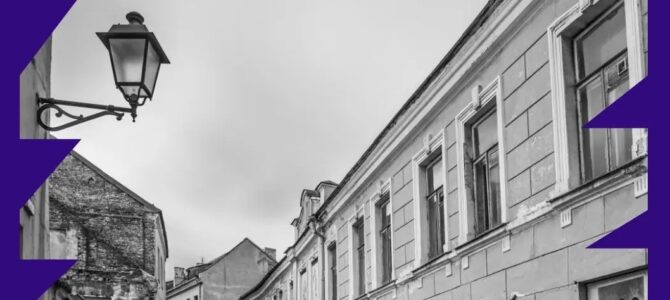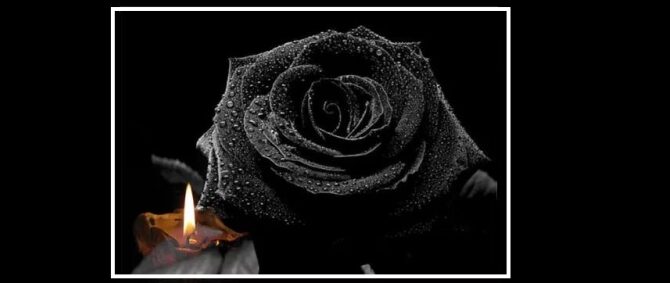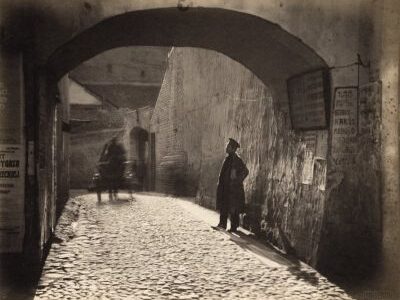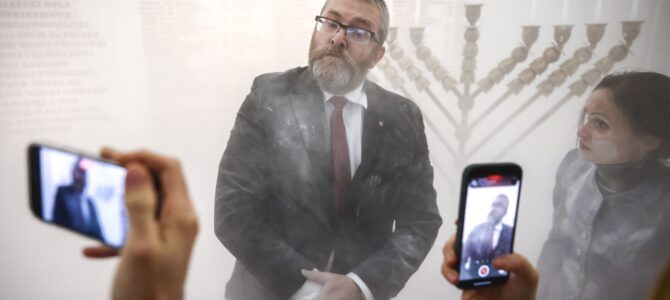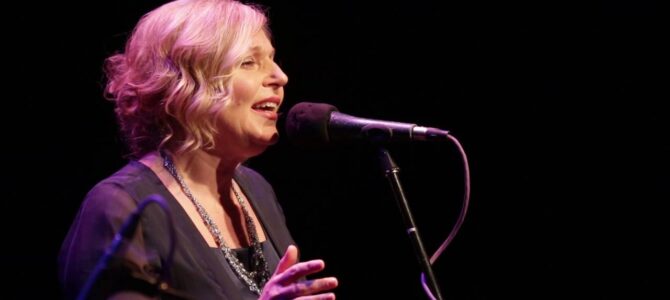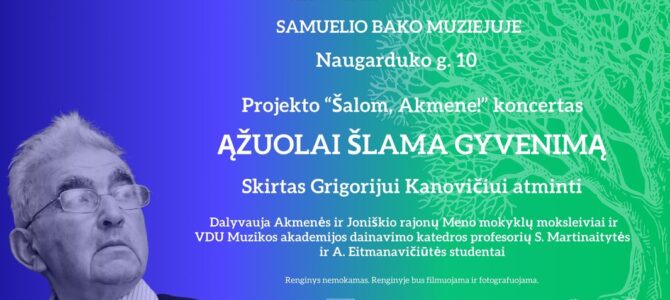Yesterday evening the Litvak Culture and Identity Museum opened next door to the Lithuanian Jewish Community in Vilnius.
LJC chairwoman Faina Kukliansky spoke at the opening ceremony, saying the long-awaited exhibits would finally be made public and should be very interesting. She said the history of the Litvaks didn’t begin and end with the Holocaust, that we have a rich history which hasn’t gone away and that the new museum will offer the public a view of that history.
“We are neighbors, the Lithuanian Jewish Community is based right here, on the other side of the wall, in the same building, the former Tarbut gymnasium. We are alive and are celebrating our Jewish identity, and everyone who learns something here at the museum, we invite them to stop by the Community as well, to try our bagels, listen to music and participate in our events. Food, culture and other Community activities of which we are proud–these are all part of the Litvak identity,” Kukliansky said.
Israeli ambassador to Lithuania Hadas Wittenberg-Silverstein also spoke at the opening.


